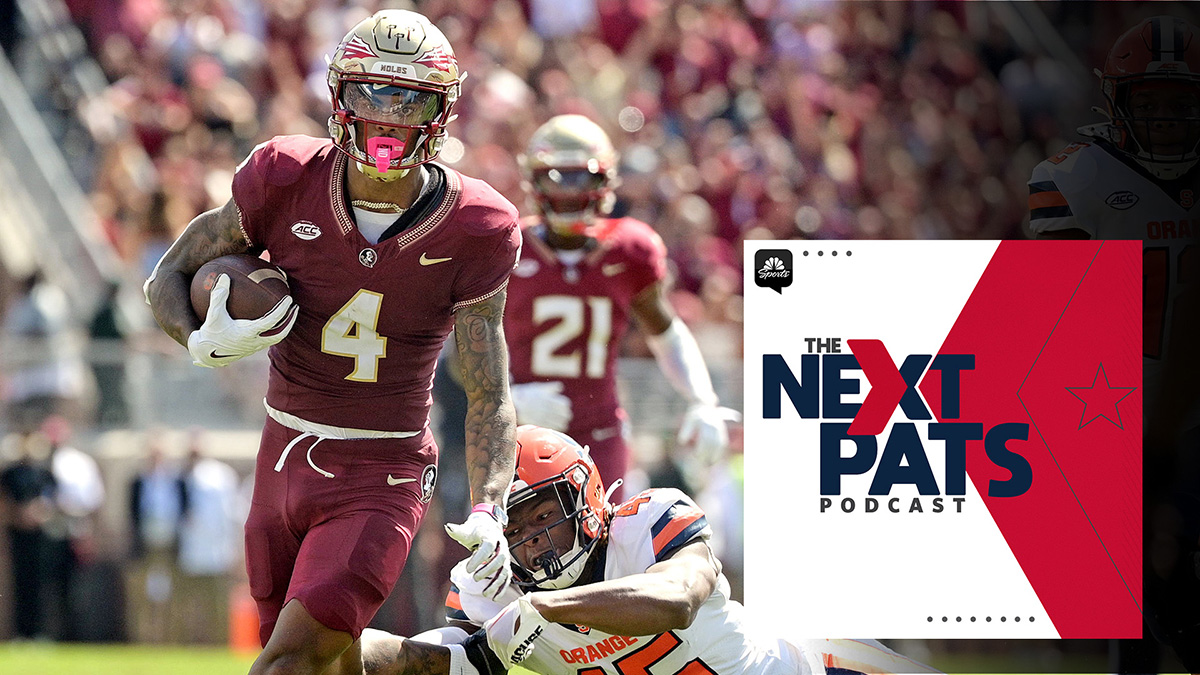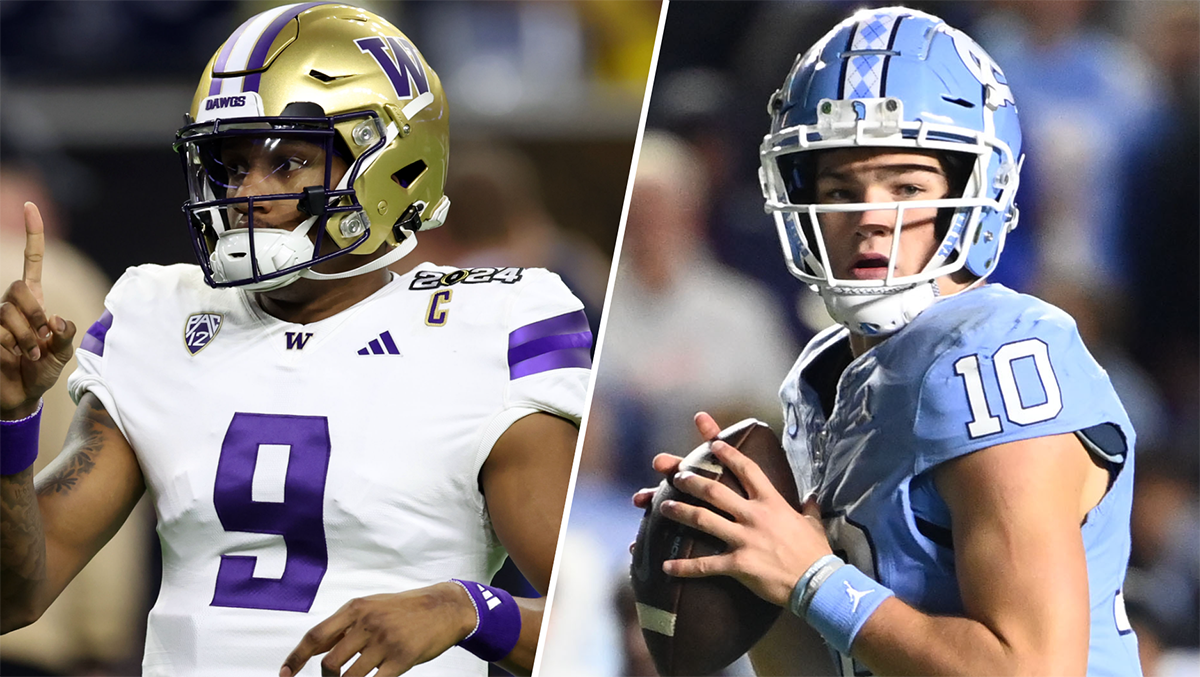
FOXBORO -- It was as if the Patriots defense just said screw it.
Through the entire first half and one drive into the third quarter, the Patriots mixed their zone and man-to-man looks in the secondary. They tried to keep quarterback Andy Dalton on his toes by showing him different variations in coverage, but he was slowly picking them apart.
When Brandon LaFell caught a five-yard touchdown with 11:14 left in the third quarter, Dalton improved to 17-for-21 passing for 201 yards. By then, Bengals had possessed the ball for almost 22 minutes, and they held a 14-10 lead.
Changes needed to be made.
Patriots defensive coordinator Matt Patricia pulled linebacker Dont'a Hightower aside on the sideline to talk things over. Then he met with members of the secondary. Everyone was going to have to be on the same page, and the difficulty the Patriots had with their communications system may have further underscored the need for some good sideline discussion.
"They were just capitalizing on maybe -- I wouldn't want to say a weakness -- but kind of like . . . a hole," said safety Duron Harmon after the game. "And we kind of just got through it and took away where they were trying to exploit it. We tried to make them go elsewhere and it worked in our favor."
The Patriots plan of attack shifted from both a scheme and a personnel standpoint.
New England Patriots
Whereas they were mixing their coverages earlier in the game, allowing Bengals receivers to find soft spots in their zone looks, Patricia's unit shifted to more of a man-to-man focus in the third quarter. In so doing, the Patriots also altered some of their matchups, deploying corner Eric Rowe much more often in the second half, using his athleticism to mirror Pro Bowl wideout AJ Green.
It was a plan that relied more on phyiscality and aggressiveness, and it helped force Dalton to complete just four of his final 10 attempts for 53 yards.
In order to fix the problem, first the Patriots had to diagnose it.
Openings in New England's zone looks -- which led to first downs for Green (11:54 remaining in the second quarter), Tyler Boyd (4:26 left in the second) and Green again (3:51 left in the second) -- helped get the Bengals on the board with a two-yard Dalton touchdown run.
Those gaps hurt them again early in the third quarter when Green converted a third-down opportunity with a 23-yard reception that was dropped in behind corner Logan Ryan and in front of Harmon. Boyd found another hole on the same drive between corner Malcolm Butler and linebacker Elandon Roberts for a 27-yard chunk play.
Receivers were being allowed to move freely through the Patriots secondary, and when they sat down in open areas, Dalton had time to find them.
On the drive following LaFell's score, linebacker Dont'a Hightower then changed the game with his safety, but it appeared as though the Patriots had already started to make changes by matching up on the back end -- perhaps helping force Dalton to hold onto the ball for as long as he did before Hightower caught him.
The next time the Patriots defense was on the field, Ryan covered Green for a play, helping force an incompletion at the line of scrimmage. Then Rowe took Green -- allowing safety Patrick Chung to match up with Bengals tight ends -- in New England's three-corner looks.
Acquired in a trade with the Eagles just before the start of the regular season, Rowe had not played a defensive snap for the Patriots going into the Sunday as he learned the system and worked to overcome an ankle injury. But on Sunday, he capitalized on his chance, using his 6-foot-1 frame to jam Green at the line of scrimmage and prevent him from getting the timing he wanted with his routes. On one play down by the Patriots goal line in the fourth quarter, Rowe got physical with Green -- grabbing his arm at one point mid-route -- and batted away Dalton's attempt in the corner of the end zone.
"The key is just you gotta get a jam on him," Rowe said. "I made sure each time I was lined up with him, I got a hand on his chest. I didn't want him to have a free release because that makes my job tougher . . . Then playing the ball in the air [on the pass breakup]. Once I saw his eyes get big, I just looked back for the ball . . . But really, the main thing is just getting a hand on him."
As the first half came and went, Rowe knew there was a chance that things could change in the game. He knew that all of a sudden he could be checking one of the game's best receivers in his first time playing for coach Bill Belichick, and he relished the opportunity.
"It felt great just getting back on the field, getting that adrenaline rush again, especially with the challenge of going against AJ Green," Rowe said. "Man, I missed that . . . That's kind of what I'm best matched with: tall long guys like AJ that like to run deep routes. I like to run. I can run with them. So that kind of is a good fit for me."
The shift to using Rowe and taking on Cinci's "12 personnel" packages with three corners instead of three safeties meant a little less playing time for Harmon, but he knew, "we had to get up on them."
"We had to make a few adjustments defensively and it worked," Harmon said. "It worked well. All you can be is excited that the coaches saw the game plan that needed to be changed. We changed it, and it worked in our favor."
After the game, Belichick credited coaches as well as players for being able to communicate and change course in the secondary. On Monday morning, he went even more in depth on how helpful having players like Harmon and safety Devin McCourty can be in games like Sunday's.
"When you play that position, you know, a good player back there can really see all 22 guys," Belichick said. "He sees the players in front of him. He can [see] the players on the outside -- the receivers, the corners -- and really get a good feel for the game. It’s a picture that you don’t see from the sideline or from the press box. And so throughout the course of my career, those players a lot of times can give great information and great perspective on how they see the game from back there, where they see the quarterback looking, where they see things from receivers or route combinations or formations and so forth.
"With Duron and Devin back there, those are two very smart players. They’re experienced players. They know what they’re looking for. They know the passing game very well from just an overall schematic standpoint, but then specifically with each team that we play and the quarterback, and again, the route combinations and situational tendencies that our opponents have or have shown.
"It’s not unusual during the course of the game to ask them or for them to comment on something that’s happening or isn’t happening and how the quarterback is reading a certain coverage or a certain look or where receivers are located and so forth. As I said, it’s something where I’ve been fortunate to have a lot of guys throughout my career who have really done a good job with that and Devin and Duron I would say are two very good ones."
McCourty, in particular, seemed to help spark some of the right changes, according to Belichick.
"As he normally does in the course of that type of a game, you know, some of the comments and observations that [McCourty] made affected some of the things we were thinking about doing," Belichick said. "I think as usual he was right on the money with his observations, especially when you go back and take a look at the film a little more closely today. You see what he saw."


